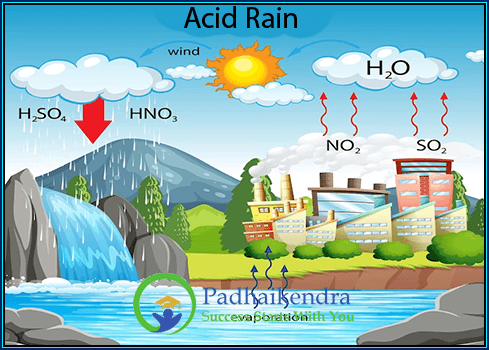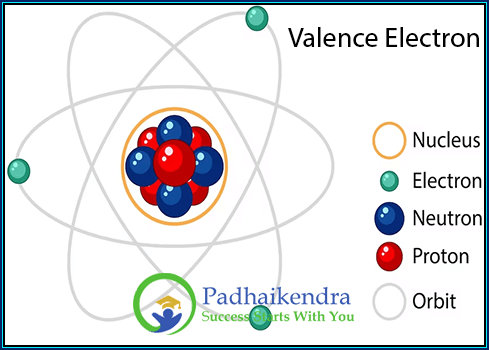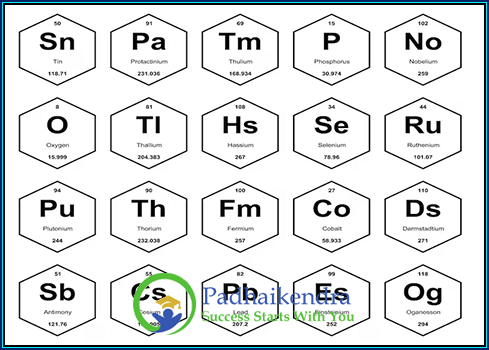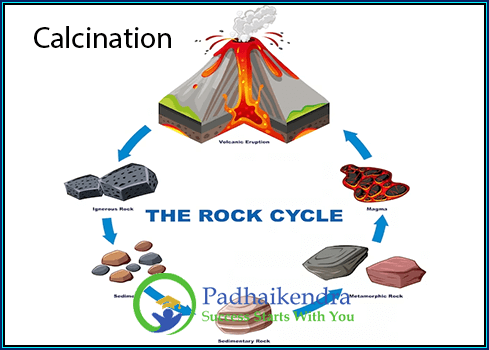Difference between Rigid Matter and Fluid Matter
Rigid Matter
 Rigid matter refers to matter that does not easily change shape or volume when it is subjected to external forces.
Rigid matter refers to matter that does not easily change shape or volume when it is subjected to external forces.- Rigid matter can resist deformation, and its shape remains constant even when force is applied to it.
- Solids are an example of rigid matter, as they have a fixed shape and volume that do not easily change.
- Rigid matter can be further classified into two types: elastic and plastic.
- Elastic rigid matter can return to its original shape after deformation, while plastic rigid matter cannot.
Fluid Matter
 Fluid matter, on the other hand, refers to matter that can easily change its shape and volume when it is subjected to external forces.
Fluid matter, on the other hand, refers to matter that can easily change its shape and volume when it is subjected to external forces.- Fluids can flow and take on the shape of their containers, and they do not have a fixed shape or volume.
- Liquids and gases are examples of fluid matter.
- Fluid matter can be further classified into two types: liquids and gases.
- Liquids have a fixed volume but take on the shape of their containers, while gases have neither a fixed shape nor a fixed volume.
Rigid Matter and Fluid Matter FAQs
Rigid matter refers to substances or materials that do not easily change their shape when subjected to external forces. They maintain their shape and resist deformation under normal conditions.
Fluid matter refers to substances or materials that can flow and change their shape when subjected to external forces. They do not possess a fixed shape and can easily adapt to the shape of their container.
Rigid matter has a relatively fixed and organized particle arrangement. The particles in rigid matter are closely packed and have limited mobility. In contrast, fluid matter has a less organized arrangement, and the particles are free to move and flow past one another.
Rigid matter typically has high density, strong intermolecular forces, and a fixed volume and shape. It is resistant to deformation and can transmit forces without significant distortion.
Fluid matter, such as liquids and gases, has lower density compared to rigid matter. It can easily flow and take the shape of its container. Fluid matter can be further classified as liquids (with a definite volume) and gases (without a definite volume or shape).
Rigid matter can transition into fluid matter under specific conditions. For example, when a solid is heated beyond its melting point, it can change into a liquid state. This transition is known as melting or liquefaction.
In rigid matter, the particles vibrate in fixed positions but do not change their relative positions. In fluid matter, the particles have greater freedom of movement and can flow and change their positions relative to each other.
Examples of rigid matter include solids like metals, rocks, and wood. Examples of fluid matter include liquids like water, oil, and milk, as well as gases like air and helium.


 Rigid matter refers to matter that does not easily change shape or volume when it is subjected to external forces.
Rigid matter refers to matter that does not easily change shape or volume when it is subjected to external forces. Fluid matter, on the other hand, refers to matter that can easily change its shape and volume when it is subjected to external forces.
Fluid matter, on the other hand, refers to matter that can easily change its shape and volume when it is subjected to external forces.


